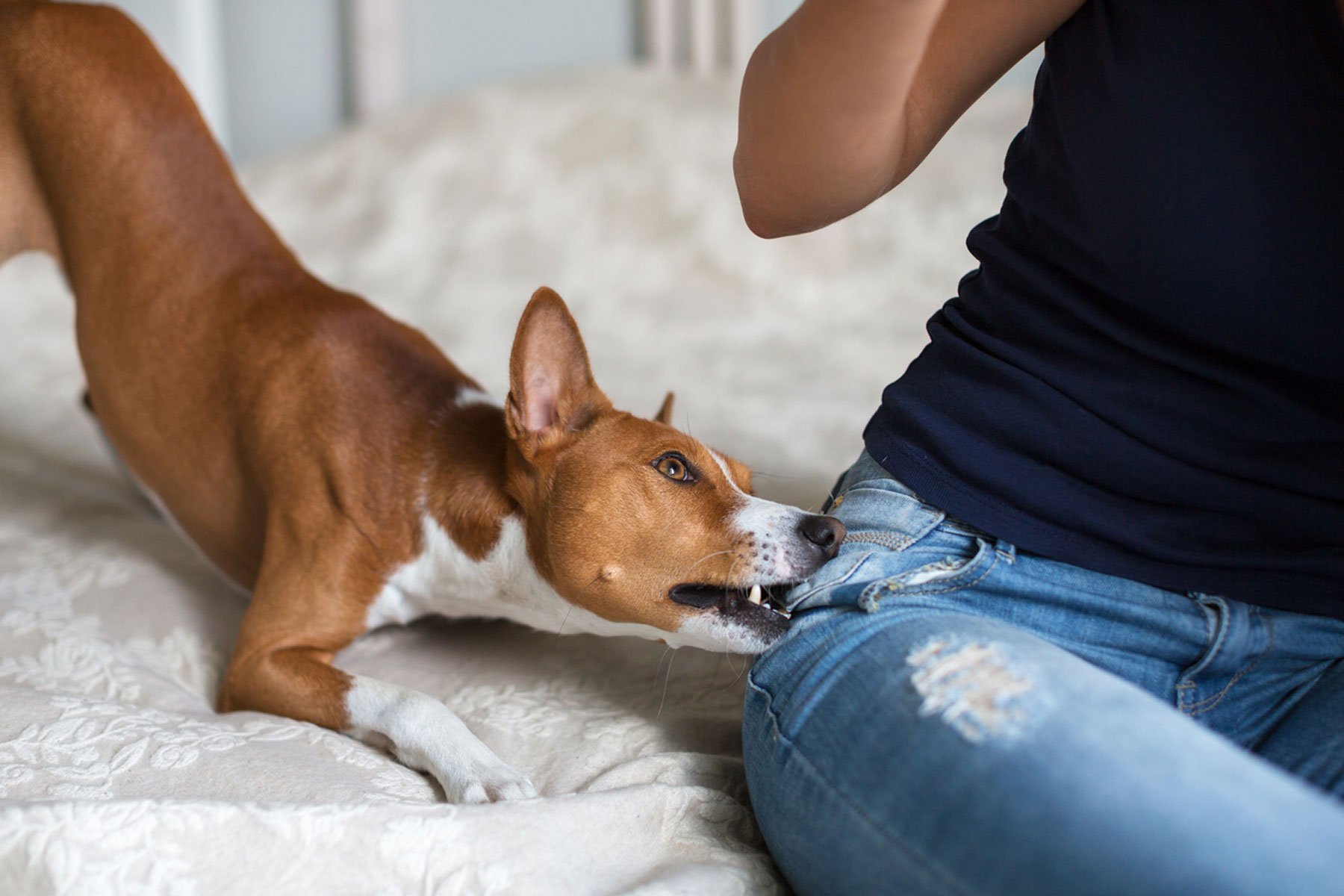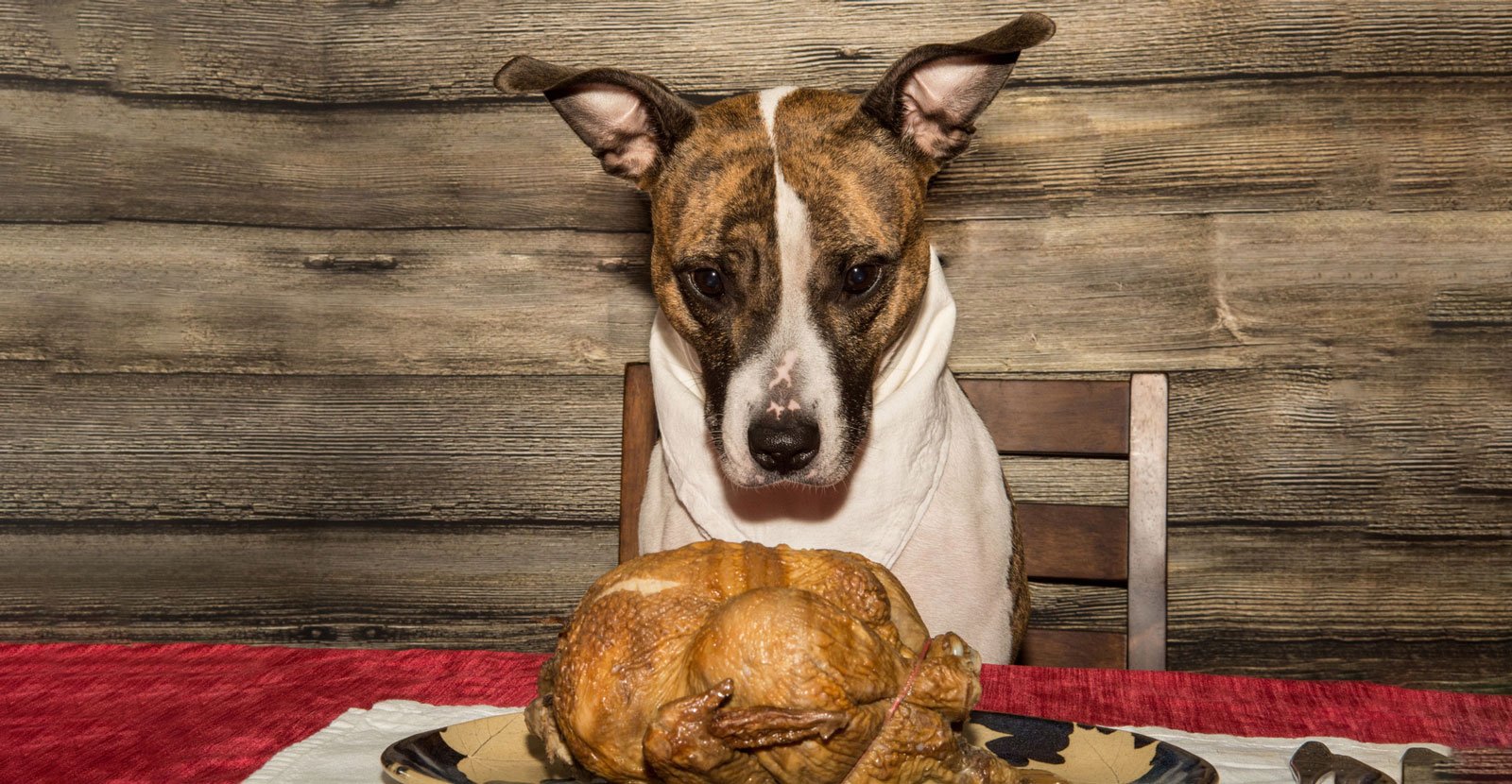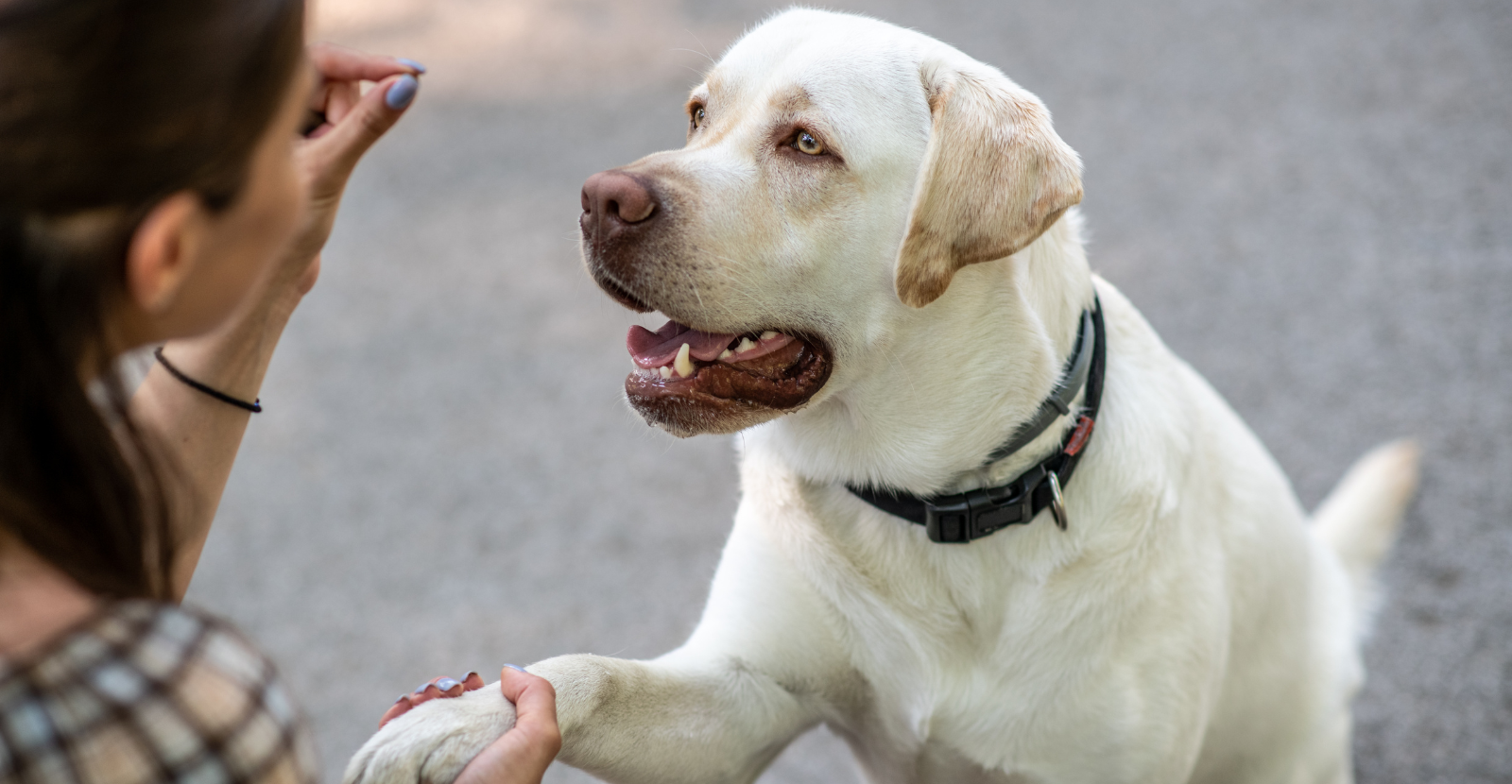
Almost 4,000 people were hospitalised in Australia in 2013–14 as a result of a dog-related injury, with over 90% of them being dog bites. In looking at the statistics reported by Flinders University, the majority of dog bites is in children age 9 and younger, a large amount is also attributed to women over the age of 70. The general rule would be, if you have a dog, you increase your chances of getting bitten once or twice.
Dogs love us unconditionally and do not intend to hurt us. Dogs of all type can bite: big or little, young or old and ugly or cute. Part of being a good dog owner is seeing the signs of why they may want to bite, and preventing it before it happens.
4 Reasons a Dog Might Bite
- Dogs get scared. Have you ever had someone come up behind you and tap you on the shoulder when you weren’t expecting it? If it startled you, you may have jumped or shouted. If you are a dog, you might turn around and bite. Do not scare a dog and make sure they see you before you try and pet them.
- Dogs get stressed. A stressful situation is usually a place they aren’t used to being, such as a dog park with more dogs than usual or a regular park with lots of children.
- Dogs protect their territory. A dog’s territory can be anything from food, their favourite toy to their favourite pet parent. If they feel that someone is getting too close, they may get frustrated and bite as a way to say, “Back off! This is mine!”
- Dogs may not be feeling well. Unfortunately, dogs can’t tell us they don’t feel good. Sometimes they bite or nip at us to let us know.
3 Ways to Prevent Dog Bites from Happening
- Always supervise children around dogs. Children age 5 and younger are the most often victims of dog bites. When younger children are around your dog, show them the rules of gentle petting, no tugging at their tails or ears and talking to them nicely.
- Keep your dog social. The more you walk your dog, visit the dog park and your favorite places, the more comfortable they will be with meeting new dogs and people. Keep them on regular walking rotations so they know what it’s like to visit with other people and dogs. Plus, it’s good for you!
- Take care of your dog’s health. Humans visit the doctor yearly for proper health screenings; do the same goes for dogs at the veterinarian.
Have you noticed your dog’s behaviour change? As dogs age, a variety of things could happen. Sometimes pet parents believe this change is simply their dog getting older or becoming more protective of those they love. The reality might be that they have a painful joint disease of arthritis in dogs (osteoarthritis or OA).
Arthritis can happen to dogs at any age. The good news is there is something you can do to help. Glyde® Mobility Chews can help keep your dog active and relieve the painful signs of arthritis. You do not need a prescription. This will help bring the puppy back inside that you remember. You might be surprised at the difference you will see when your dog is on Glyde. If you aren’t sure, take the quiz to find out!
Dogs add so much joy to our lives on a daily basis. We get so used to our dogs being good, that we forget some things might unsettle them. Be sure to pay attention to your dog’s behaviour, and others too. We love our dogs just as much as they love us!












